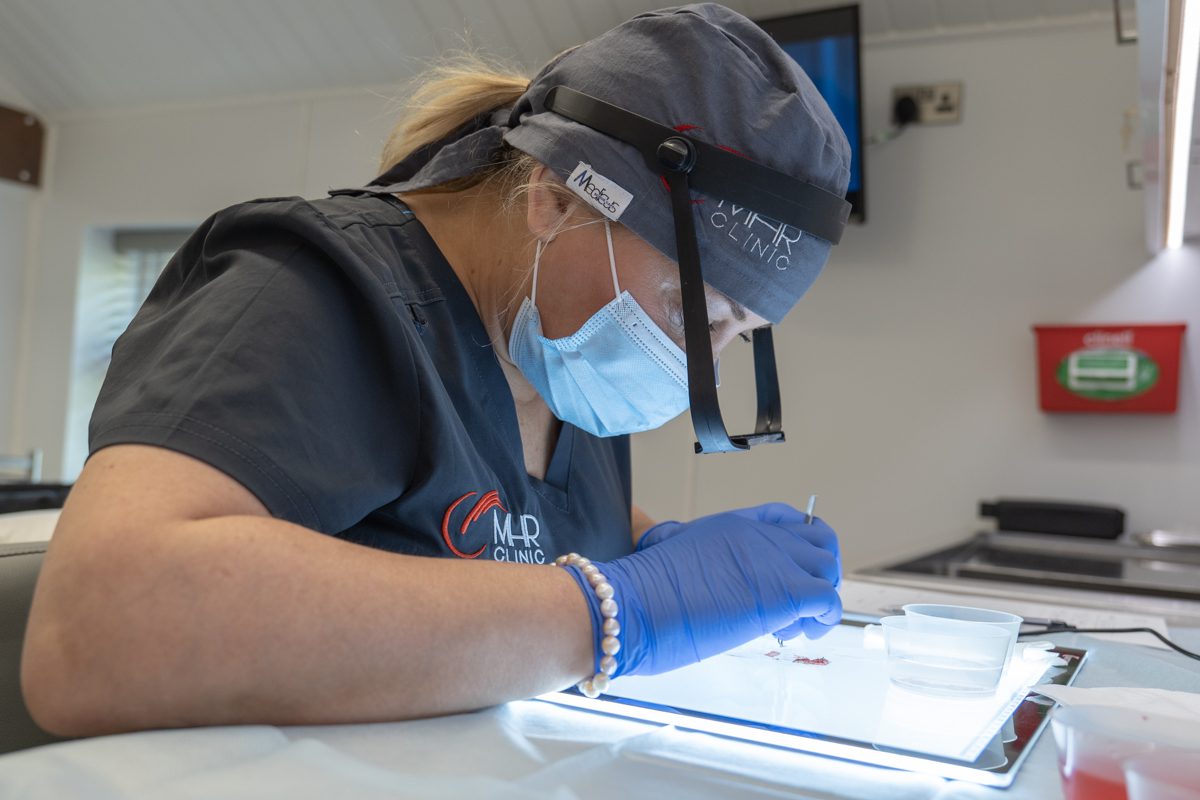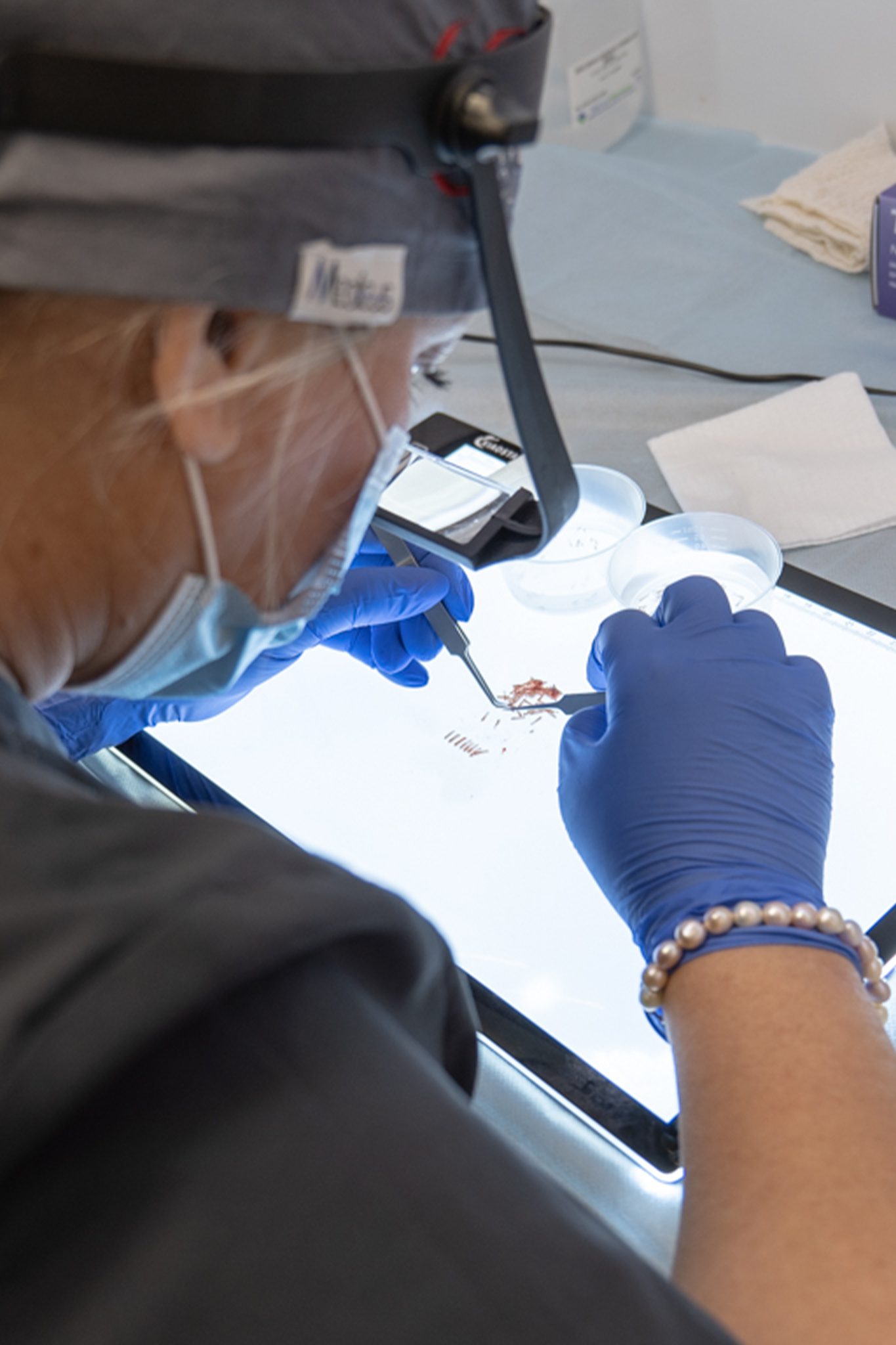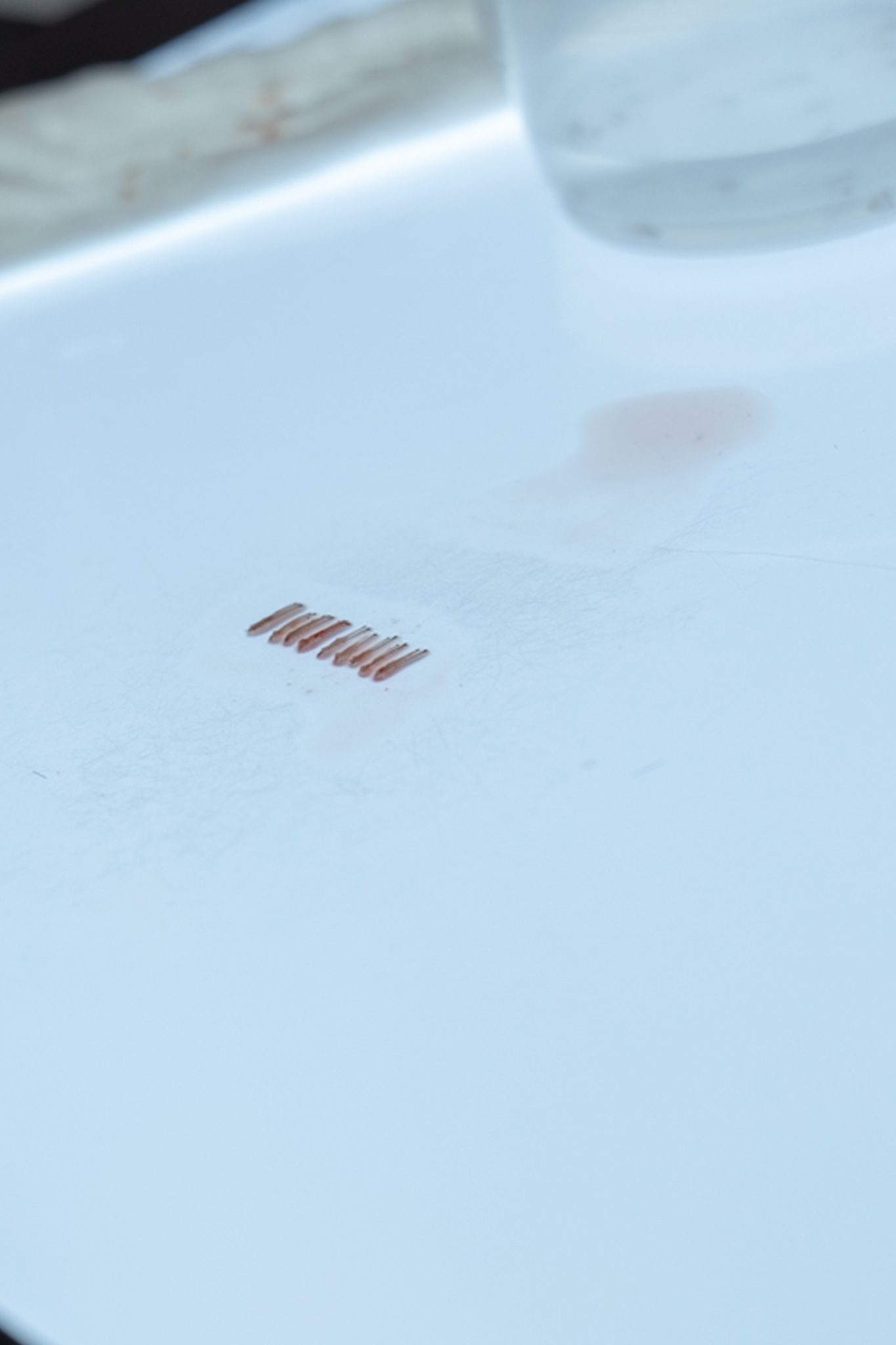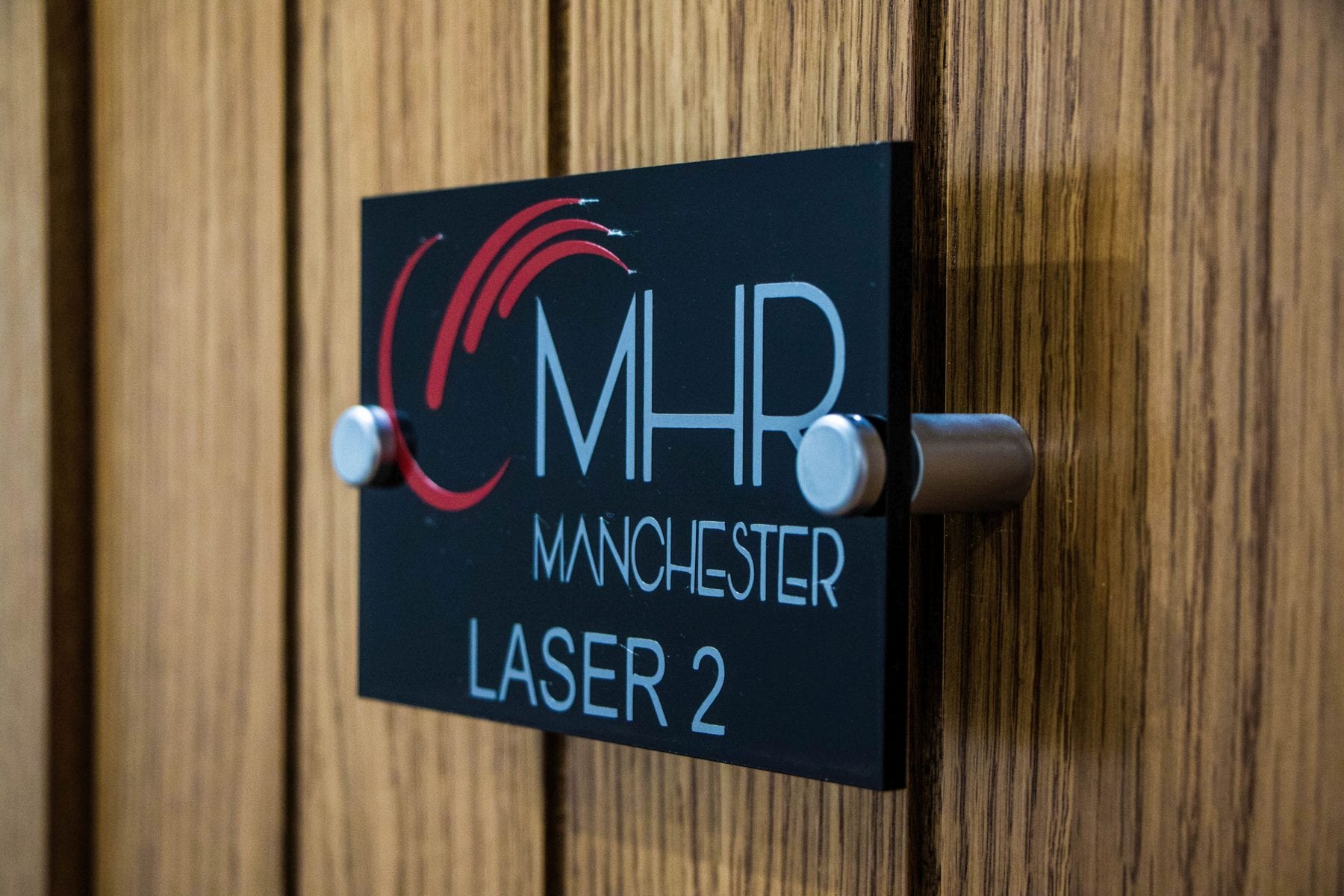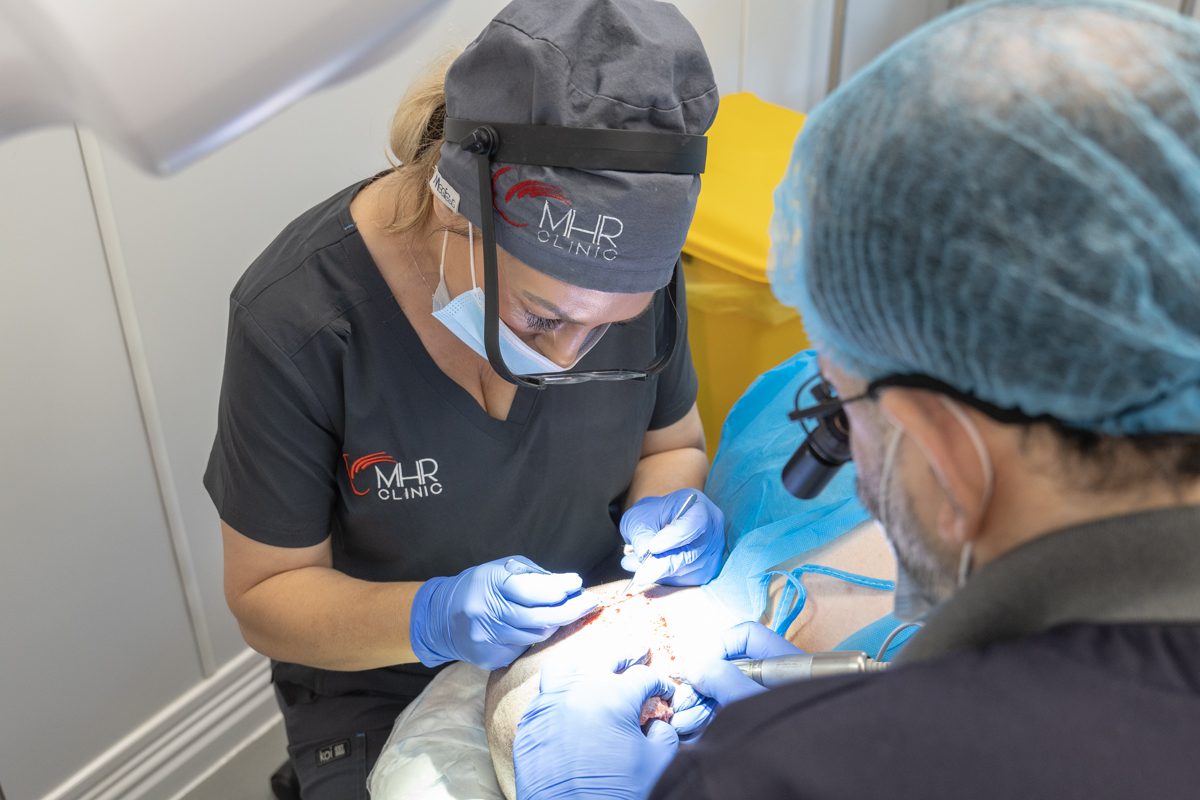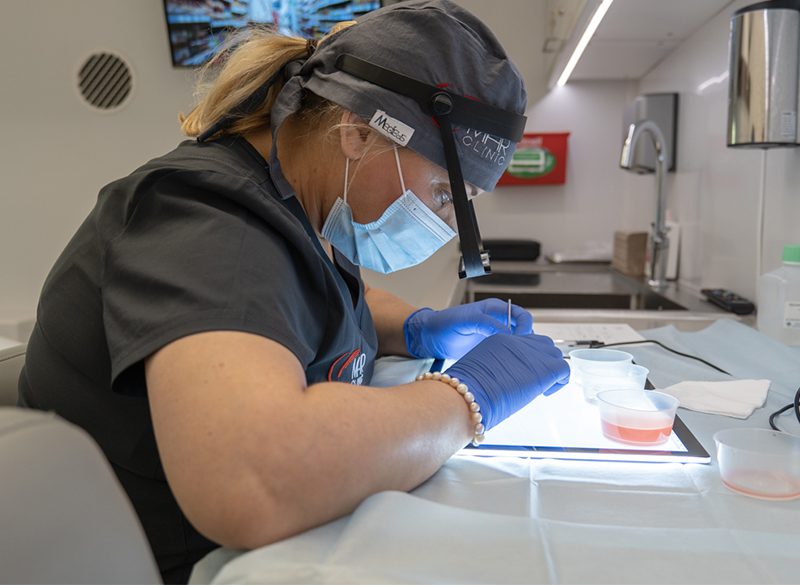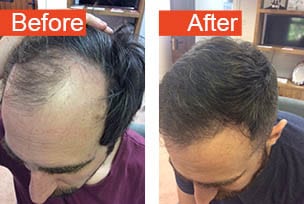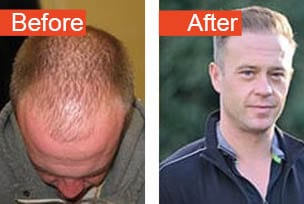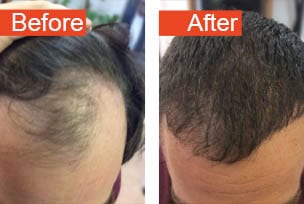Follicular Unit Extraction (FUE) Hair Transplants
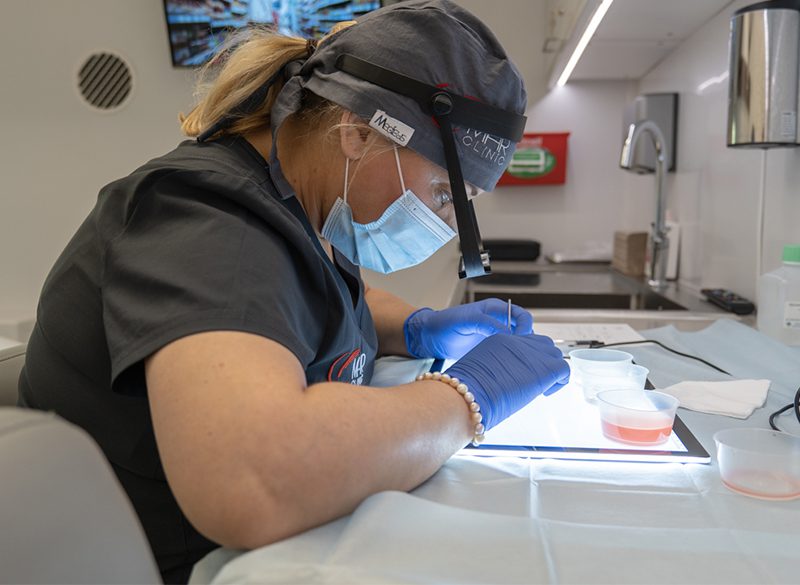
MHR Clinic specialises in Follicular Unit Extraction (FUE) hair transplants. We guarantee the success of our FUE work, due to the quality and longevity of the results we achieve.
During FUE procedures, follicles on the back or side of the head are transferred to areas suffering hair loss. Our surgeon’s meticulous approach to FUE surgery achieves a flawless distribution of follicles in your recipient area. This ensures you receive the best and most natural hair restoration for your hair type, face shape and age.
BOOK AN FUE HAIR TRANSPLANT CONSULTATION
Benefits of a FUE Hair Transplant Procedure
Minimally Invasive
As a FUE Hair Transplant is a relatively small procedure, using local anaesthesia and is completed in one day it is considered to be minimally invasive as patients leave shortly after the procedure has been completed.
Invisible Scars
Minimal Hair Removal
The procedure uses highly precise and planned removal of hair follicles, MHR professionals will only take out what we need to avoid losing density of the existing hair.

Constant Hair Growth
Following a successful FUE procedure, your hair will not go stagnate, your new hair follicles will grow constantly, giving amazing results for a long period of time.
Simple Post Treatment Care
Post-procedure care for your new hair is fairly simple, we suggest a few days of mild pain killers, avoid harsh scrubbing or rubbing of the scalp and taking care when sleeping as to not irritate the new hair follicles.
FUE Hair transplant results
START YOUR BETTER HAIR JOURNEY
Frequently Asked Questions
Am I eligible for a FUE hair transplant?
What are the risks of a FUE hair transplant?
Are there any side effects from a FUE hair transplant?
How much does a FUE hair transplant cost?
Will I have any scarring after my FUE?
FUE Hair Transplant Procedure
At MHR Clinic, we consider there to be three key stages to a FUE procedure:
Before Your FUE Hair Procedure
Your need for a FUE procedure and transplant surgery will be identified in a thorough consultation with our experts at MHR Clinic. They will review your physical health and medical history. A hair assessment will estimate the number of grafts required to complete your FUE hair transplant.
You will be advised on the amount of prescription medicines, herbal supplements and low level laser therapy recommended to nourish hair in your donor and recipient areas depending on the severity of the hair transplant surgery you take and require. Your medical programme will be put in place for no less than three months before
MHR Clinic’s surgeon performs your FUE procedure.

Your medical programme will be halted two weeks before the date of your FUE hair transplant procedure, so your follicles are in an entirely natural state for transplantation.
You will likely be asked to have a closely-cropped haircut shortly before your procedure. Or, if fewer follicles are needed for your hair transplant, your surgeon will perform a line shave (easily disguised by overhanging hair) before your transplant.
Upon arrival for your FUE hair transplant, MHR’s surgeon and technicians will explain the hair transplant procedure and advise you how to increase your comfort during it.
During Your FUE hair transplant Procedure
Your FUE procedure is performed under local anaesthetic and most often within a single day. An anaesthetist administers a mild sedative and a series of local anaesthetics to your donor area. Time is allowed for these treatments to take effect.
The harvesting period takes up to four hours, depending on how many follicles are needed. Each follicle is removed individually while you lie face down. Dr Kunnure uses high magnification and a powered microscopic punch. Your follicles are placed on a nutrient-rich gel in cold medical storage.
Our experienced fue hair transplant technicians identify and separate your donor follicles under a microscope. They place them in groups of follicles that produce one, two, three, four or five hairs. Each follicle is loaded into the cartridge of a micro injector and passed individually to Dr Kunnure.
The implantation period takes up to four hours, depending the follicles needed and the density of existing hair in your recipient area. Dr Kunnure selects the best position on your head for each follicle. He implants them at the correct depth and angle to match the natural growth and lie of surrounding hair.
Dr Kunnure skill ensures MHR Clinic provides the industry’s most natural hair transplant results. His skill and dexterity also ensures fast recovery and healing periods, so you can return to normal life within hours of your FUE hair transplant.
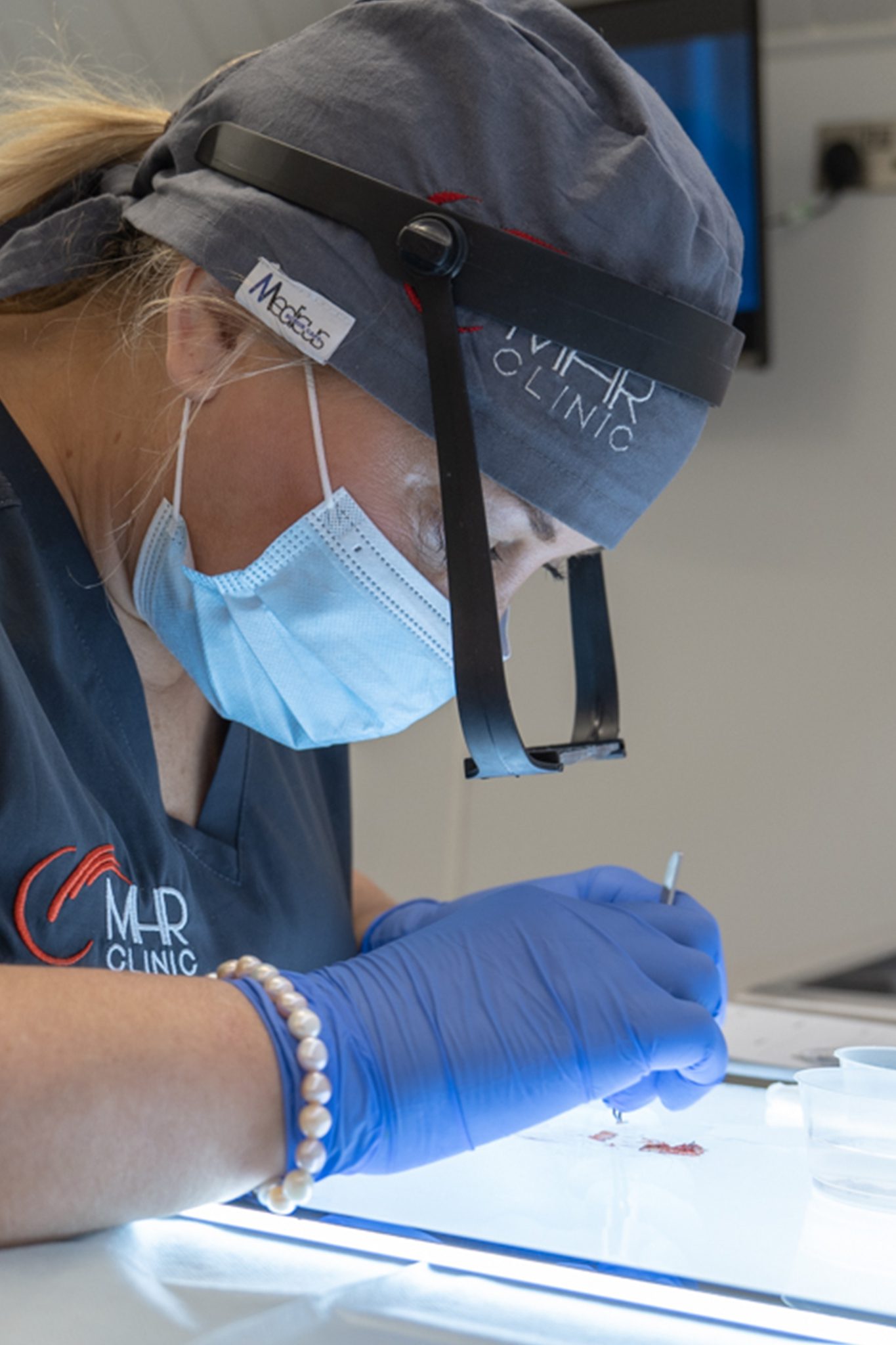
After Your FUE Procedure
After your FUE procedure, you will be shown a short presentation video advising you how to care for your transplanted hair. You should not drive home after your procedure. We recommend you are returned home by a friend, taxi or public transport.
We recommend patients with new hairlines sleep in a semi-upright position for one week, to reduce the risk of trauma to implanted follicles. We advise how to shampoo your hair gently and when to begin doing so. Nutrition advice can also be given.
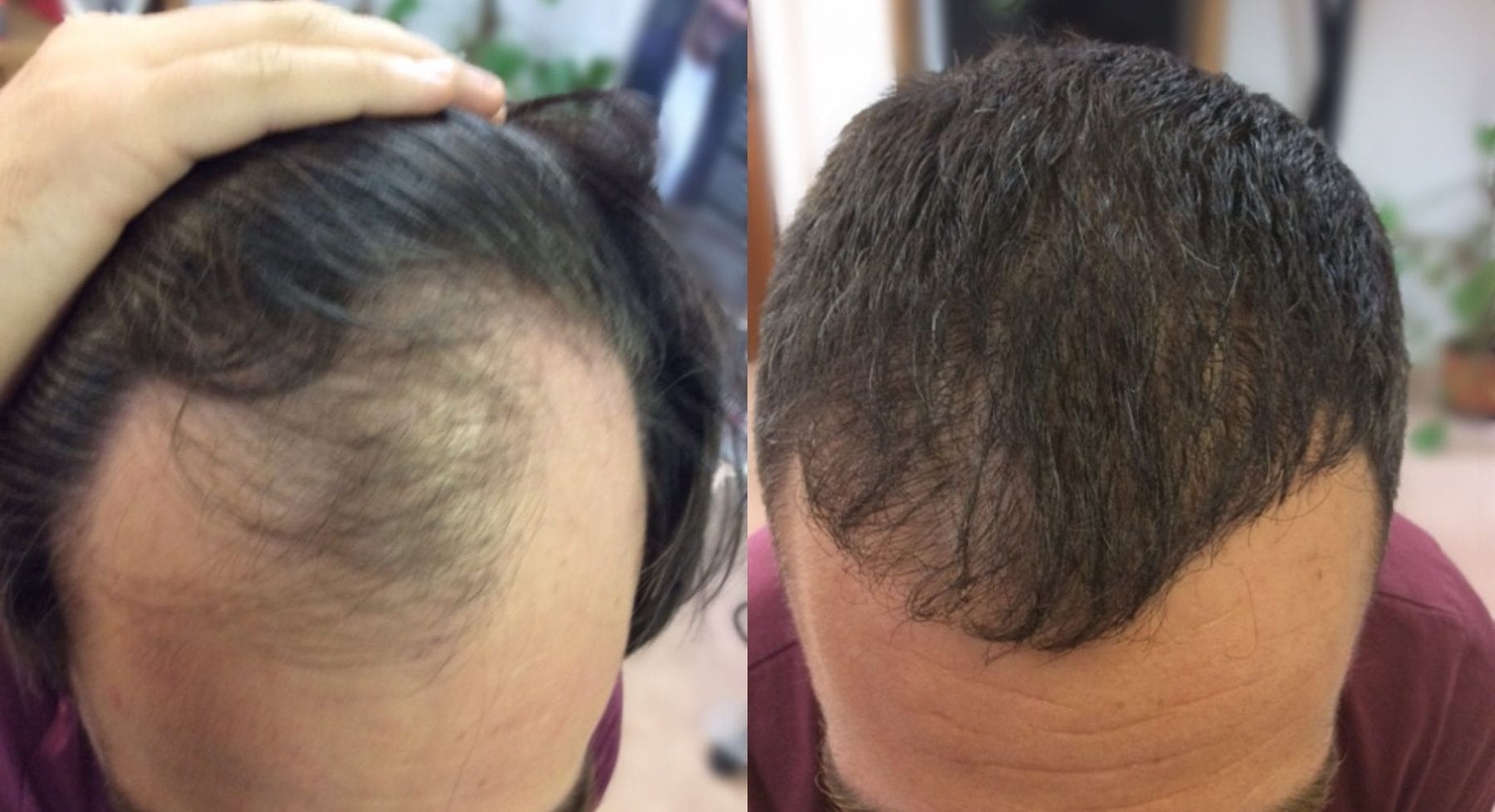
A minor amount of scarring may occur in your donor and recipient areas. MHR Clinic advises a light saline spray be applied for one week to minimise it. After two weeks, you should recommence your medical programme. Prescription medicines, herbal supplements and low level laser therapy help to stabilise implanted hair.
A dormancy phase, in which transplanted follicles locate their new blood supply, may occur within a month of your procedure. It lasts about five weeks and can result in hair fall which concerns some clients. New hair soon grows.
A significant phase of hair growth occurs between month four and 14 after a FUE procedure. This leads to a dense covering of hair and your final transplant results.
BOOK YOUR FREE CONSULTATION
ARTAS® – Robot-Assisted Follicular Unit Extraction
ARTAS FUE offers state-of-the-art robotic hair restoration. The ARTAS machine combines a suite of tools used to identify the best possible selection and distribution of your hair follicles.
It has a faster turnaround time than procedures performed manually and it produces the most consistent results of all follicle transplant procedures. However, due to the more automated approach of ARTAS surgery results may look less natural than procedures completed entirely by human hand.
ARTAS FUE creates customised 3D hair transplant designs for your consideration. It calculates the optimal number of grafts to fulfil each design. It also identifies your most suitable donor follicles according to donor density, the depth of follicles and angle of hair growth.
The computerised ARTAS system then pinpoints each exact location on your scalp for manual implantation. This helps to achieve the densest possible coverage, while best avoiding damage to existing healthy hair.
About Your FUE Surgeon
Dr Kunnure is among the world’s most experienced practitioners of FUE hair transplant procedures. A Doctor of Medicine, member of the UK’s GMC as well as Royal College of Physicians.

